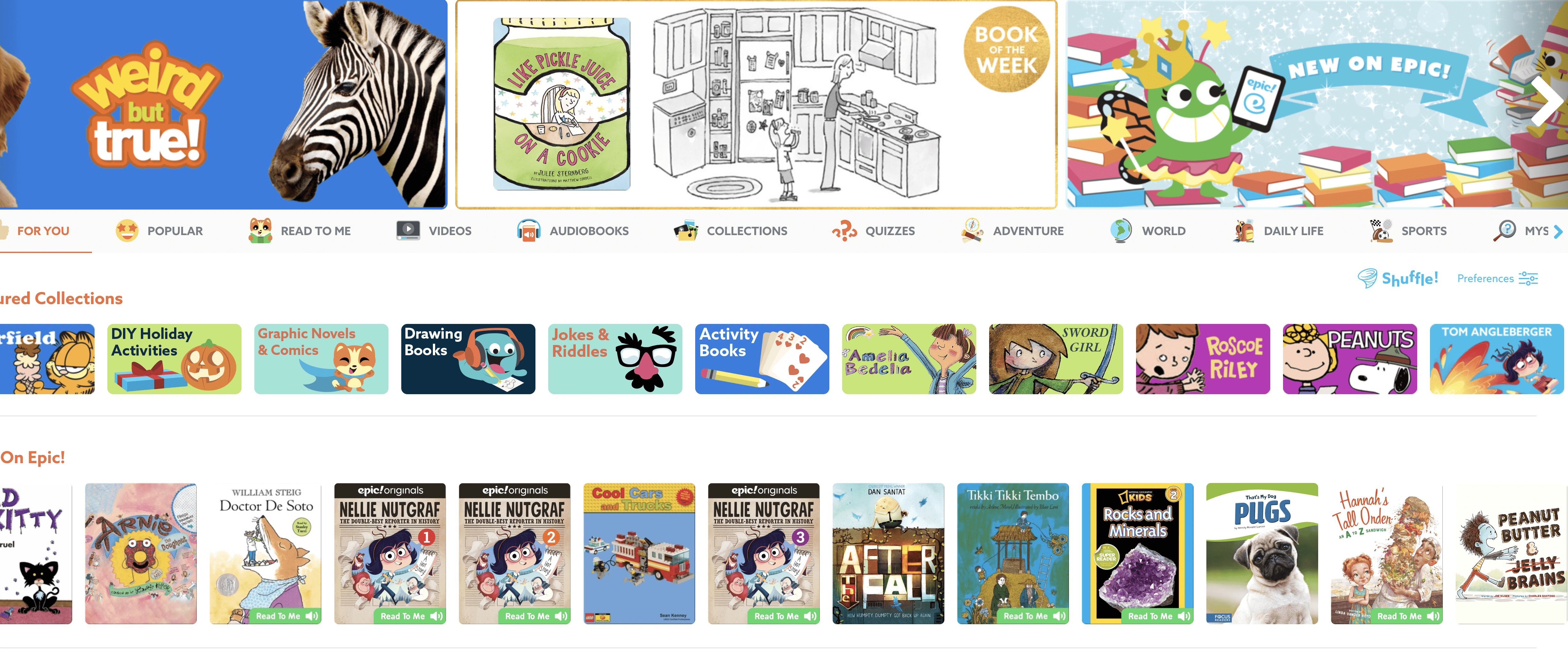

Having a designated pipeline for Epics, as well as Epic Priorities helps the team understand what is a continuous project, versus one that is actively moving forward. Epics aren’t meant to move throughout your Board, but be the vessel to help you track user stories and key projects in a central location. We recommend creating two new pipelines to helps organize Epics. The most impactful part of epics isn’t creating them - it’s tracking them in an effective way. Tracking agile project progress and visualizing Epics You can also use this drop-down menu to add an issue directly into an existing epic: (The issue’s existing text will display as a comment). Use the Epics drop-down on the right to convert an issue into an epic. By splitting each task into easily-completed chunks of work, you’ll reduce technical debt and be able to ship impactful changes more frequently. Similarly, if your issue is too complex - if several sub-tasks are required to mark it as “done” - it’s better off as an epic. If you estimate your issue will take weeks or months to finish, it should probably become an epic. But how do you know if you should turn your issue into an epic?įirstly, each issue should take the smallest possible amount of time. We’ve all been there: you started writing an issue, and halfway through, it’s starting to read more like a novel. Finally, click “Create Epic”! 🚀 Turning a GitHub issue into an Epic with ZenHub Next add a description of that epic’s theme: a few lines communicating why these issues are grouped. (You can just go back later to add more detail.) Add a title, then click “New Issue” to have it appear at the top of your list. We hear you - that’s where the Quick Issue Creator comes in. I don’t have all the issues I need for this epic - how organized do you think I am?!

Clicking the checkboxes on the right will add issues to your epic.īut wait – you’re probably thinking. The Epic Builder makes it easy to batch-add issues (displayed as a vertical task board) without jumping back into the main issues tab. It’s a magical portal to the new Epic Builder: When creating a new issue, you’ll notice a purple button: “Create Epic”. Simply put, ZenHub Epics are a theme of work which contain several sub-tasks needed to complete the larger goal.ġ. ZenHub Epics add a crucial extra layer of hierarchy to your GitHub issues, providing greater control end-to-end over the release process. But which issues are related? Where do the dependencies lie? It’s difficult to say. Using Epics in GitHub for more project clarityīefore adding ZenHub, your GitHub issues have no real hierarchy they’re simply a list. With ZenHub, teams can now create epics directly from their existing GitHub issues, then get back to work.

Previously, GitHub users either had to jump into a third-party tool (a major distraction from the code) , or use laborious workarounds , to do what an epic accomplishes.

ZenHub Epics make it easy to execute on product backlogs, providing a crucial “extra layer” of hierarchy to your GitHub issues. But they’re too often paired with clunky, bloated, decidedly non-agile tools.
GIT EPIC BOOKS SOFTWARE
“Epics” are one of the most powerful tools for planning and executing on software releases.


 0 kommentar(er)
0 kommentar(er)
